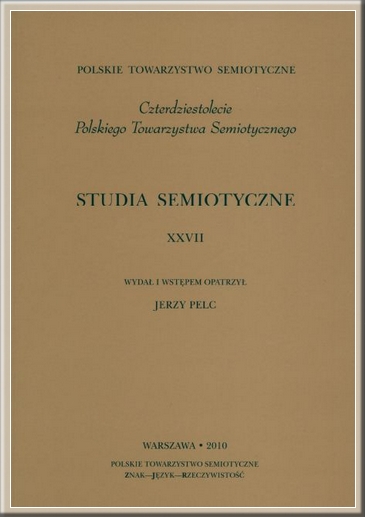Abstrakt
The terms ”iconic sign” and ”image” are found in a number of works by the representatives of the Lvov-Warsaw School. Its founder, Kazimierz Twardowski, quite early on speaks about image, and although he is not explicit in formulating a theory of image, he does supply the tools for the analysis of its structure — he distinguishes between the content of the representation and its object. The first theory of image in the Lvov-Warsaw School was presented in Stanisław Ossowski’s Analiza pojęcia znaku [The analysis of the concept of sign] of 1926. Tadeusz Witwicki makes references to the writings of Twardowski and Ossowski in his investigation of the relation between the image and the reproduced object of representation (in O reprezentacji, czyli stosunku obrazu do przedmiotu odtworzonego of 1935 [On representation, or relation between an image and a reproduced object]). Leopold Blaustein, inspired by Twardowski and Husserl among others, was aware of Witwicki’s ideas on the nature of image, creates his own concept of iconic object (Przedstawienia imaginatywne. Studium z pogranicza psychologii i estetyki, 1930 [Imaginary presentations. A study from borderline of psychology and aesthetics], and O naoczności jako właściwości niektórych przedstawień [On eyewitnessing as a property of some presentations], 1931). In 1933, Ossowski published the book U podstaw estetyki [The basis of aesthetics], where he presents the theory of image, differing from his earlier theory. It is to this work that Mieczysław Wallis refers in tract O rozumieniu pierwiastków przedstawiających w dziełach sztuki [On understanding presenting elements in works of art].Wallis develops his conception of iconic sign throughout his lifetime, thus creating the most complex theory of iconic sign from the Lvov-Warsaw School.

